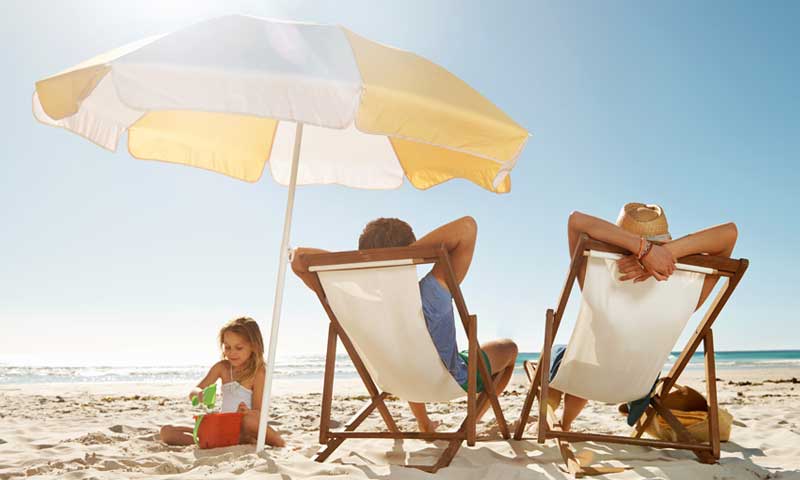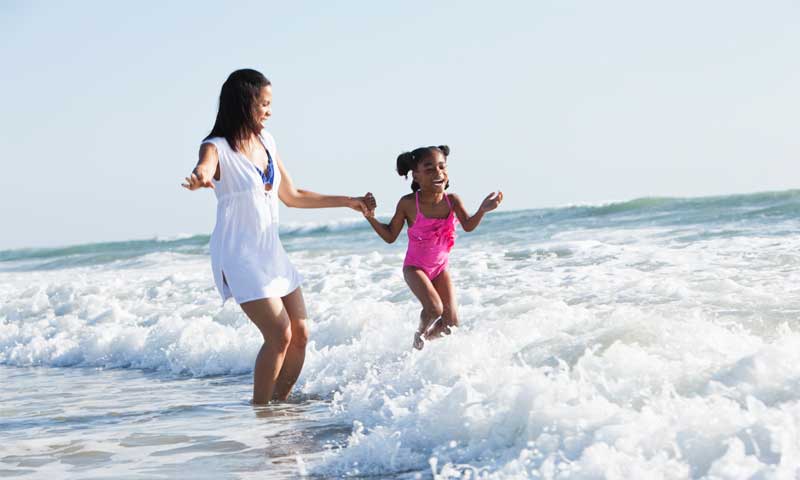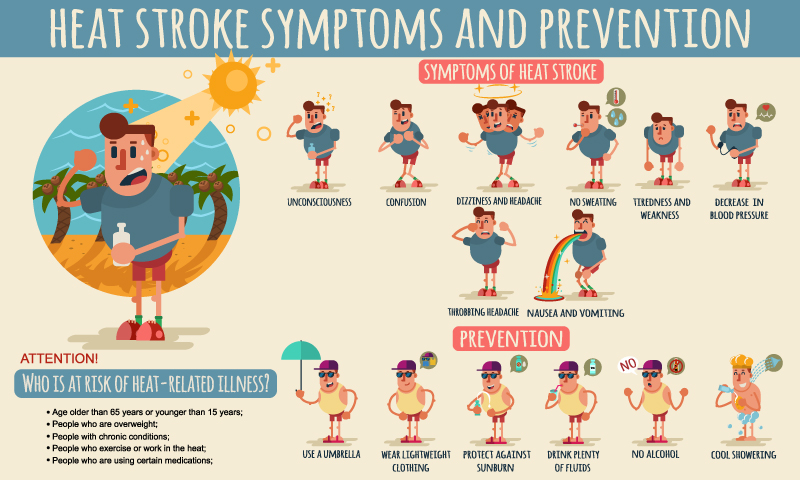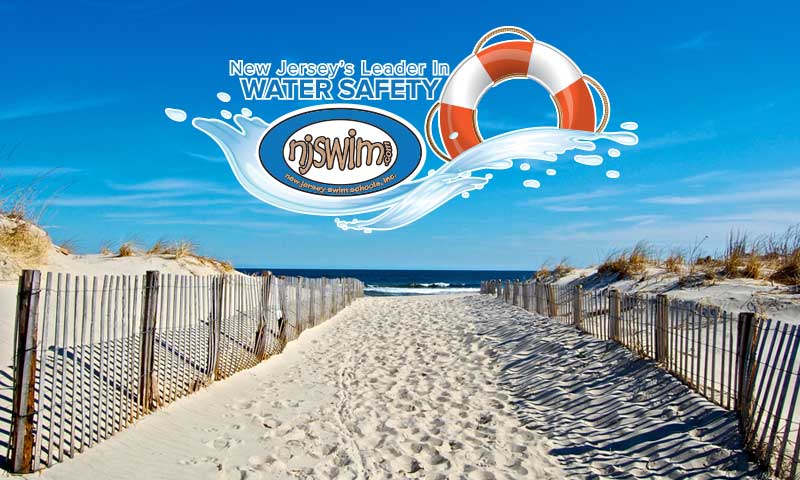There’s nothing like a fun day at the beach to strengthen family bonds and create memories. But don’t let the promise of the day lull you into a false sense of security. The beach can be a dangerous place for your children. Here are important tips on keeping kids safe at the beach.
Teach Your Child About Beach Safety
Talk to your child about beach safety while you’re still at home. Once you get to the beach, repeat your rules. But excited kids will probably still do what they want. It remains up to you to keep your child safe.
Non-negotiable beach rules for children are:
- Always follow the lifeguard’s instructions.
- When near the ocean, always face the water so you can see new waves coming in.
- Always ask for permission to go in the water.
- Always use the buddy system in the ocean. You are the “buddy” when they’re young. Once they’ve mastered swimming and you feel they are responsible enough, their reliable friend can be the buddy.

Safety on the Sand
When at the beach with young children, it’s important to stay vigilant.
- Remain with and always watch your child.
- Stay sober.
- Stay awake.
- Don’t let anything distract you— not even a phone call.
Once you position your blanket, help older children pinpoint your location. Establish a permanent nearby landmark, such as a lifeguard station, that they can use to locate you.
Safety at the Shoreline
If your kid wants to play near the water, go with them. The lifeguard cannot babysit your child.
The American Red Cross recommends that children up to 5 years old wear US Coast Guard approved life jackets when in or near the water.
Don’t let your child’s feet get buried in wet sand from successive incoming waves. This can be lots of fun, but feet can become trapped. And if a fresh wave knocks them over, they can sprain a foot or get hurt in a fall.
Swim Where There are Lifeguards
The ocean is inviting, but dangerous and unpredictable. Only go in the water if a lifeguard is present.
If you or your teen gets a leg cramp, or other problem, it may be impossible to return to shore unaided.

Safety in the Water
Follow these ocean safety tips:
- Stay right next to young children. It’s your job to watch for incoming waves that can knock you both off your feet.
- Tell your older children how far out in the water they can go. This should depend on their swimming skills, maturity, and current ocean conditions.
- Give older kids stationary boundaries to stay between while playing in the water.
- Teach your child to float on their back if they are far out and cannot swim back.
- If someone in the water is in distress, notify a lifeguard immediately. You can throw something that floats to the victim. But never attempt a rescue without lifeguard training.
- If a jellyfish stings anyone, see the lifeguard for first aid and instructions.
- Don’t drink alcohol if you are going into the ocean.
Be Aware of Surf Conditions
Ask the lifeguard for current ocean conditions before entering the water.
If you see one red flag, the water is too dangerous to enter. Two red flags mean the beach is closed.
Teach Children How to Survive Rip Currents
A rip current is a powerful channel of water that flows away from the shore. It can quickly pull a swimmer out to sea and create a life-threatening situation.
If your beach has piers or jetties, stay at least 100 feet away. Rip currents often exist nearby.
Being caught in a rip current is a terrifying experience. You suddenly cannot swim directly to shore. Swimming against the current will exhaust even the strongest swimmers, so don’t try it.
Instead, don’t panic. Swim parallel to the shore until you’re out of the rip current. Then swim toward the beach.
If you are tired and can’t swim back to shore, wave and call out for help. Try to tread water or float on your back.
Stay Aware of Your Surroundings
If a beautiful day suddenly turns cloudy with thunder or lightning, immediately seek shelter in a nearby building or in your car. Listen for any lifeguard instructions.
Use Sunscreen
Children and adults need sunscreen to protect against the sun’s harmful rays. Sunscreen can help prevent a bad sunburn now and skin cancer later in life.
Use a sunscreen with a broad spectrum SPF of 15 or greater. Apply it about 30 minutes before getting to the beach. Reapply it every two hours or when coming out of the ocean.
Keep Eyes Protected
The sun’s UV rays can lead to cataracts or even macular degeneration. Children’s eyes especially need protection since their eye lenses allow in up to 70% more UV rays than do adult eyes.
Children and adults should wear sunglasses that block 100% of UV light.
Protect Everyone’s Feet
The sand on the beach can reach 100°F when it’s only 75°F outside. In higher temperatures, sand can become hotter than 120°F. You and your child should wear proper beach shoes to protect feet from injury.

Stay Hydrated to Avoid Heat Stroke
Bring plenty of water for everyone to drink. Dehydration can lead to heat stroke.
Babies younger than 6 months are prone to heat stroke and should stay out of the sun.
Some signs of heat stroke include:
- Hot, dry skin or profuse sweating
- Nausea and vomiting
- Confusion
- Lethargy
- Muscle weakness
- Dizziness
- High body temperature
- Headache
If you observe any of these signs, immediately bring the person into a cool and shaded space and call for medical assistance. Heat stroke is a serious medical condition that can be fatal.

Everyone Should Learn to Swim
Knowing how to swim may save your child’s life one day.
Njswim currently has swim schools in six New Jersey locations. We teach children to be confident, natural swimmers along with water safety. Contact us for more information.




